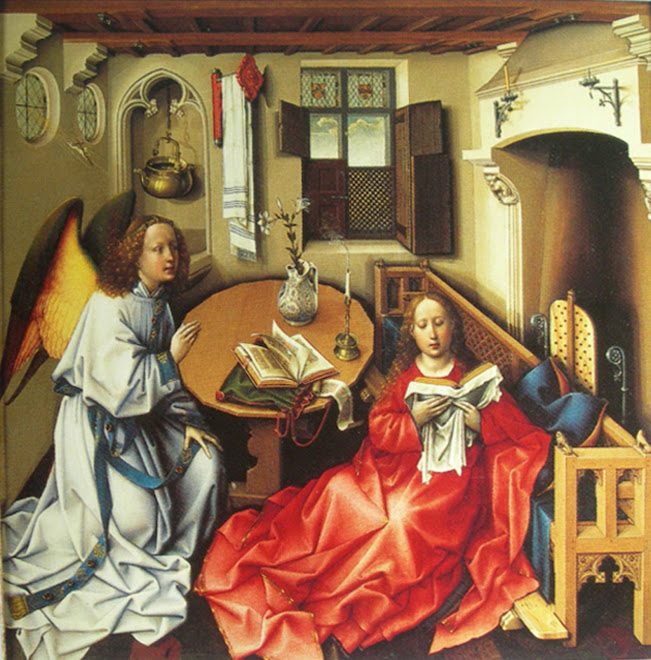LEAF and STICK INSECTS
About 50 species of SE Asia, Australia and New Guinea; many belong to the genus Phyllium.
Features: large to very large, some species over 12 inches long. Eggs seed-like. Larvae more or less resemble adults. All foliage feeders, found in shrubs, tall herbs, trees. Most active at night. Some leaf insects change color with temperature, humidity and light intensity. Leaf insects are incapable of running quickly; they spend most of their time sitting motionless, their long forelegs extended in front of them. However, they would not remain inconspicuous if they remained stationary while their surroundings were moving, as happens when a breeze ruffles the foliage of a tree. The rhythmic side-to-side swaying movement of stick and leaf insects may have evolved for just this reason. Their eggs look very similar to plant seeds. The female usually lays her eggs one at a time, letting them drop to the ground or catapulting them away with a flick of her abdomen.The production of offspring from unfertilized eggs is common among the phasmids. This is known as parthenogenesis and in most species seems to operate as a fail-safe method. Adults are often widely dispersed and, despite the fact that males are usually able to fly and females possibly emit a sex-attractant pheromone, there is a risk that mating might not occur. In a few species, such as the “Laboratory stick insect,” however, parthenogenesis is obligatory—males have never been found. Normally unfertilized eggs develop to become females, but in at least one Australian species (Ctenomorphodes tessulatus) males may be produced as well.
Sunday, October 19, 2008
Subscribe to:
Post Comments (Atom)




No comments:
Post a Comment